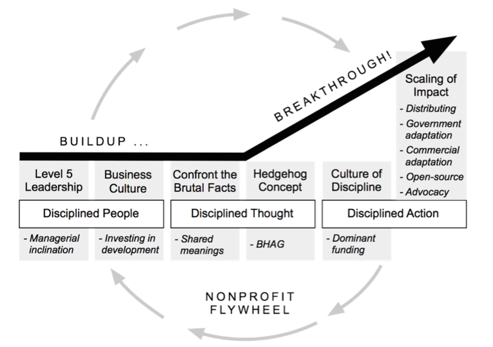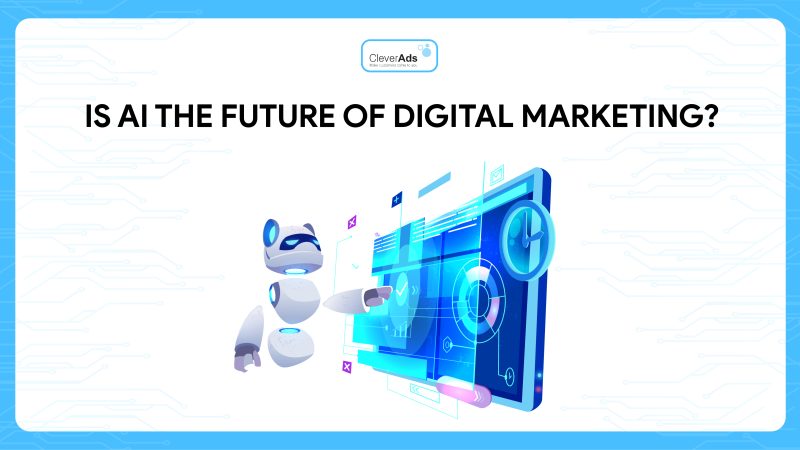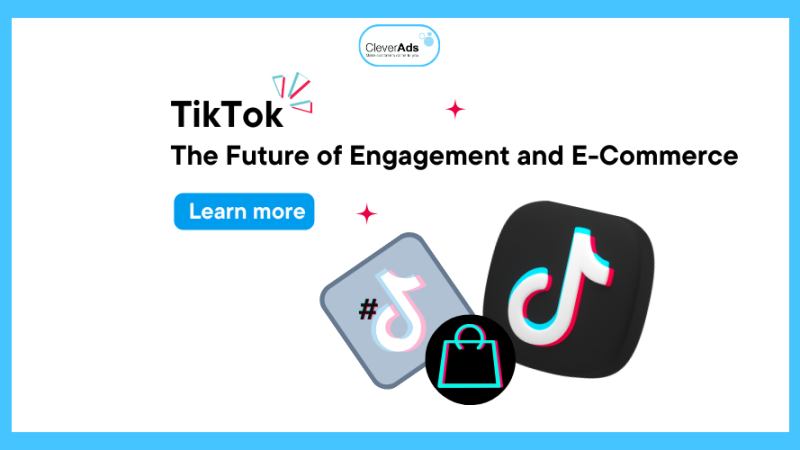What is Flywheel Effect? Instructions to apply Flywheel Effect

What is Flywheel Effect? How does it help a business grow in both revenue and reputation?
Jim Collins introduced this term in his book “Good to Great”. It comes from a giant metal wheel that takes a lot of work to move, but once it’s up and running, very little work has to be done to keep it spinning. This explanation can be applied to the success of businesses.
1. What is the Flywheel Effect?
“Flywheel Effect” – The flywheel effect used to make a company very successful is not the result of a single activity but the result of a series of small goals accumulated over years of hard work for the company until the momentum is so great that it causes the business to grow far beyond the effort at that particular moment.
The term Flywheel Effect is based on a concept from the classic business book “Good to Great” by Jim Collins. Simply put, the central idea is that your customers are your best salespeople. So if you please them, they will tell their friends. And if you make your product easy to learn and buy, those friends will buy it. Then your new satisfied customers will tell their friends and so on.
Many examples of the Flywheel Effect have created multi-billion dollar companies such as Amazon, Walmart, Uber, WordPress, and Airbnb have all used Flywheel Effect to drive their businesses successfully.
2. What are the stages of the Flywheel Effect?
After answering the question, what is a Flywheel Effect? CleverAds will go to the next section to help you better understand the stages of a Flywheel Effect.
A “virtuous circle” of the Flywheel Effect consists of 3 main stages:
Acquisition Stage: Attract potential customers to you with useful, easy-to-discover content—examples: SEO, social media, advertising, and live/online events. Focus on getting their attention rather than forcing yourself into their vision.
See more at: What is USP? 5 steps to build a USP for a successful product
Engagement Stage: Now that you’ve made a good impression, make it easy for potential customers to learn about your product in their way and in their own time. Finally, I decided to buy that product. Running campaigns, offering free trials, and making self-service purchases is what you should do at this stage.
Interest Stage: Design your product as easy to start as possible. Documentation and knowledge base helps customers get more value from your offering. Collect customer feedback and refine. Your goal is to turn users into fans who will recommend your product to their colleagues, friends, and strangers through online reviews and social networks.
3. When applying the phase of the Flywheel Effect in Marketing, what will it look like?
After the above content, you also answered the question about what stage of the Flywheel Effect is. So when applying them to Marketing, how? In marketing, the three steps of the circle do not change.
However, each stage will include specific tasks that Marketers should keep in mind, as follows:
Acquisition Stage: As a marketer, you must create useful and valuable content to attract new visitors to your brand. When visitors interact with content, they learn more about your company. The type of content created depends on the target audience and what will resonate best with them. To attract new visitors, you can develop content marketing materials such as blogs, e-books, how-to videos, and social media campaigns.
Engagement Stage: Once you’ve attracted new leads, you can form a relationship with them. To drive sales, your content marketing strategy should segment visitors based on common characteristics. You will then send promotions or personalized content tailored to their needs.
Learn more about promotions: What is Promotion? All you need to know about promotions
Interest Stage: The marketer’s goal in this stage is to do whatever it takes to show customers their interest in your product. You can achieve this in many ways. For example, post-purchase customer feedback survey; make necessary UX design changes to your website based on customer feedback; add a self-service customer service chatbot to your website; create a loyalty program; design a more streamlined or automated referral process.
4. What is the critical factor in starting Flywheel Effect?
Maintaining Flywheel Effect is easy, but starting it is much more challenging. So how do “Good to Great” companies do it? Author Collins provides a clear sequence diagram detailing the company’s unique characteristics.

According to him, there are three areas to consistently focus on starting a Flywheel Effect:
- Disciplined people: Businesses need the right leaders who are solely focused on the business’s success. These people are often referred to as Level 5 leaders. Also, assembling the right team is an essential factor. This team is someone who cares deeply about the company and will passionately debate decisions they believe are correct (but will come together to support any final decisions made).
- Disciplined mindset: Businesses need to be ready to face the brutal truth about a real-life situation and fix it. Accordingly, deploying the “Hedgehog Concept.” This concept dictates that a business must understand (not goals, strategies, or plans) what it can do best. In short, this means deciding what your business does best in the world (or country) and then sticking with it.
- Act with Discipline: Adhere to the “Hedgehog Concept” fervently and refuse to do anything inappropriate or pursue other opportunities that could divert the company. Furthermore, you should constantly be looking for new technologies that can increase the performance of your business.
5. Examples of using the Flywheel Effect in business
To help you better understand what Flywheel Effect is. CleverAds will give the best example when applying Flywheel Effect in business. It’s “Amazon. Here is Amazon’s magical circle
The company’s founder, Jeff Bezos, drew this circle on a tablecloth a few years after the company was founded, and it’s still the core method Amazon takes to improve the customer experience and drive sales. Boost growth. Customer experience is the starting point for Amazon’s Flywheel Effect.
Customer experience can focus on a few essential elements:
-
Low-cost options
-
A vast selection is available.
-
Exceptional delivery experience
Thanks to the positive customer experience, Amazon gets a lot of traffic. So instead of just selling Amazon products to monetize that traffic, this business focuses on allowing third parties to sell its products on Amazon.
Instead of focusing on what Amazon already has, they allow third parties to offer a variety of choices that take work to come by, at least at first. This benefits Amazon as well as third parties. This diversity adds value to the customer experience. As a result, the cycle can reinforce itself.
Learn more about the benefits Amazon creates for businesses at Selling on Amazon: the benefits of a business.
6. Conclude
Through the above article, CleverAds hopes to have answered the question of what the Flywheel Effect is and how to start a Flywheel Effect. Applying the Flywheel Effect in business will bring many benefits and success to businesses.


